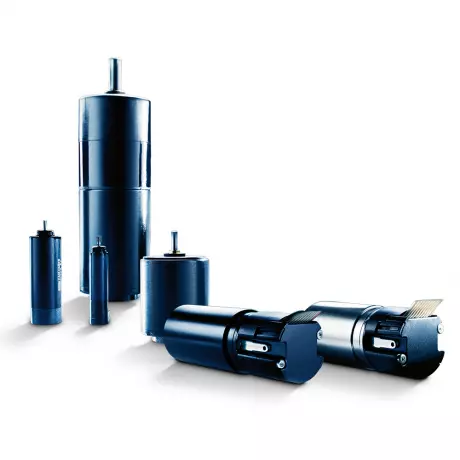
For higher positioning and speed control, FAULHABER provides a wide range of encoders to combine wit...
Portal and digital medical technology fair of the largest MedTech cluster in Germany

For higher positioning and speed control, FAULHABER provides a wide range of encoders to combine wit...
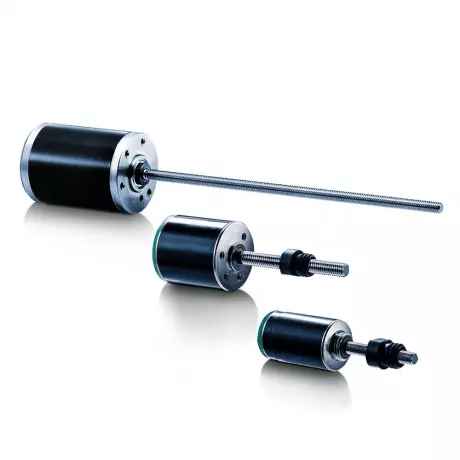
Stepper motors can be used for more than just a rotation. When combined with lead screws, they pr...
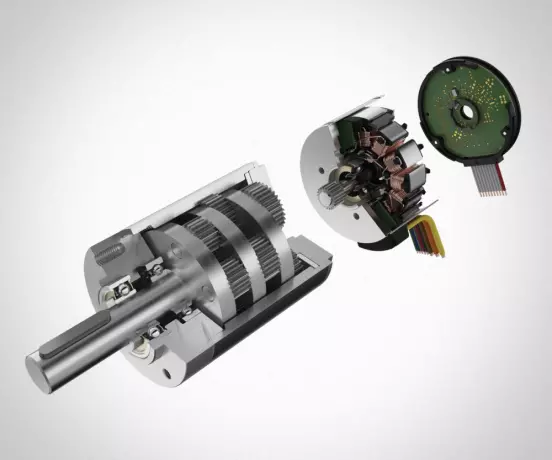
Most users do not need individual motors to realise their drive solutions. They are better off with...
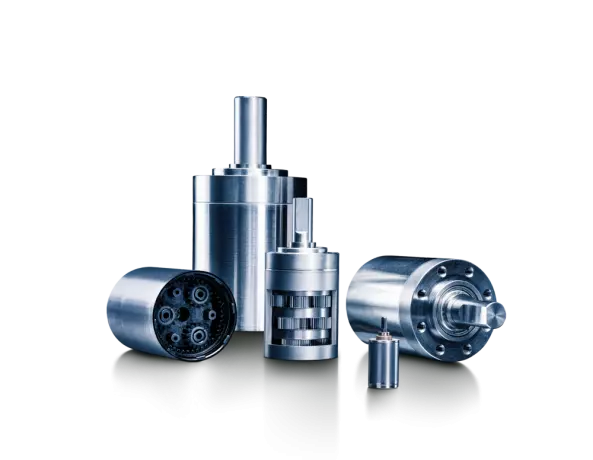
Planetary gearboxes – robust and precise
Thanks to their robust construction, FAULHABER metal planetary gearboxes in combination with FAULHAB...
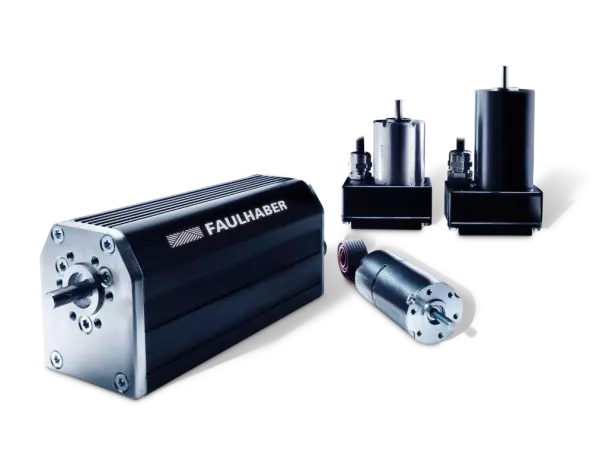
Motors with integrated Electronics
FAULHABER Motion Control Systems combine the high performance of a FAULHABER brushless motor with ta...
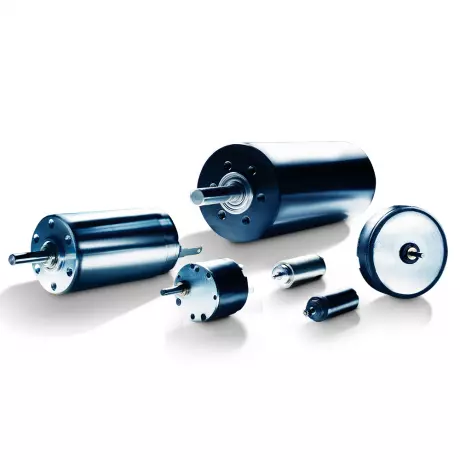
Coreless DC motors from FAULHABER – without...
Coreless DC motors from FAULHABER differ from conventional DC motors with iron armatures primarily d...
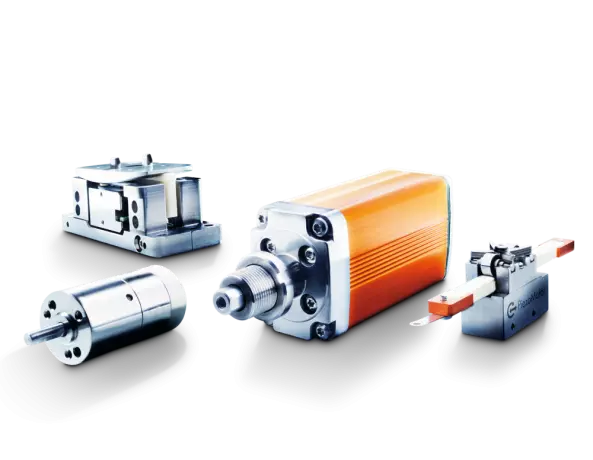
During the 1980s, the founders of PiezoMotor AB, Professor Stefan Johansson and Dr Mats Bexell start...
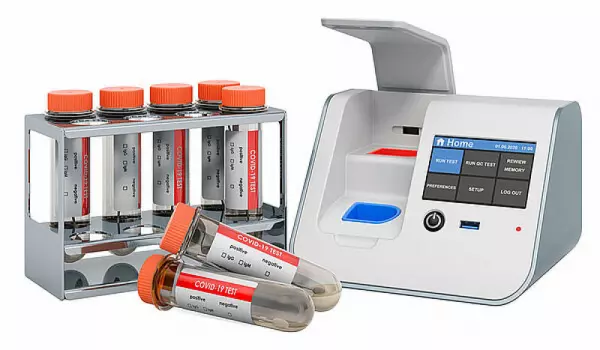
Point of Care (PoC) analysis for SARS-CoV-2
Point of Care (PoC) analysis If results are to be available promptly so that quick decisions can...
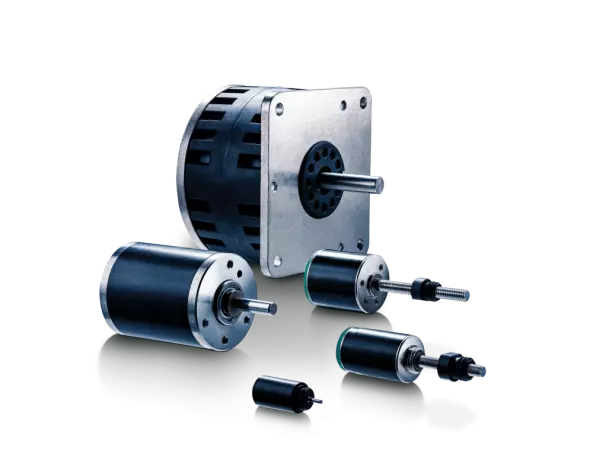
Stepper motors for demanding positioning...
For demanding positioning tasks that require a high level of accuracy, stepper motors are generally...
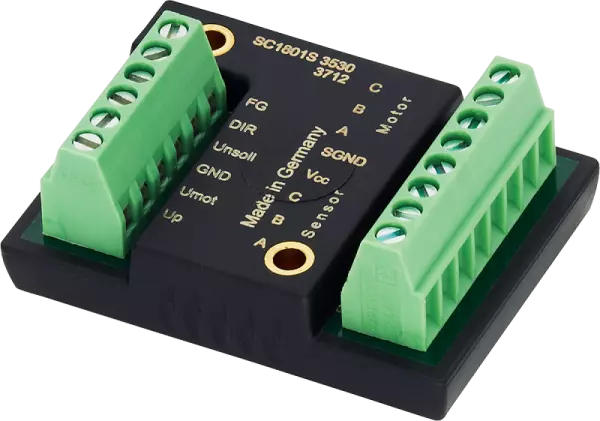
Speed Controllers for speed control
FAULHABER Speed Controllers are specifically designed to get the most out of FAULHABER DC and BL mot...

Motor systems for medical technology, motor systems for laboratory technology, motor systems for analysis devices, motor systems for dental technology, motor systems for medical products, motor systems for laboratory devices, motor systems for dental devices, motor systems for medical devices
The hierarchy of the human motor system includes 4 levels. These include the spinal cord, brain stem, motor cortex, and association cortex, and the two side loops. The cerebellum and basal ganglia interact with the system through connections with the thalamus. Figure 1 shows the major levels and their relationships to one another. The next figure explains the different functions of these parts. It is important to understand the relationship between the different levels of the hierarchy.
The miniaturisation of components and motors enables manufacturers to achieve higher efficiency. Designers of medical devices are able to achieve better performance by using smaller components, but they must also take into account the integration of the complete device. Connecting an off-the-shelf motor to a complex circuit will increase its cost and complexity. The cost-efficiency of the system is reduced, but the trade-off depends on the production process and the scale.
The miniaturisation of components and devices improves efficiency. For example, pumping technology has a small, but powerful movement. Advances in motor technologies make it possible to reduce component size and increase efficiency. However, designers must still take into consideration the integration of the entire system. A cheaper, off-the-shelf motor will add complexity and cost to the final product, reducing cost-efficiency to an unacceptable level. The degree of cost-efficiency reduction is largely dependent on the scale of production.
The efficiency of a motor system requires an adequate account of the physical properties of the body and the muscles. Since the body is made of bones and muscles, it has mass and resistance to movement. These factors, as well as the noise and safety requirements, must be taken into account when designing and manufacturing a medical device. If these factors are considered, manufacturers can design a more efficient motor. When designing a medical device, manufacturers must ensure that the end product will be safe and effective.
Whether the device requires low-maintenance, low-cost, or high-performance motors, the medical device industry is highly regulated. While it may seem like a simple device, the complexity of the system can affect the effectiveness of the whole system. As a result, the manufacturer must consider how to fit the components together in the most efficient way. Once the components are in place, they are tested to ensure their safety and efficiency.
Researchers at UTHealth focus on a range of motor systems, including eye movements, voluntary movement, posture, gait, and respiration. Moreover, they examine the structure and function of the cerebellum, and examine motor neuron types and how they are connected to each other. Furthermore, they study the brain-machine interface and how it affects the patient's condition. In addition, a wide range of research studies is conducted on the functions of the human motor system.
Become a digital exhibitor yourself in the online portal of the largest and best-known MedTech cluster region in Germany and inform the world of medical technology about your products and services as well as about news, events and career opportunities.
With an attractive online profile, we will help you to present yourself professionally on our portal as well as on Google and on social media.